
Does Sphagnum Moss Mold? Causes & Prevention
Read more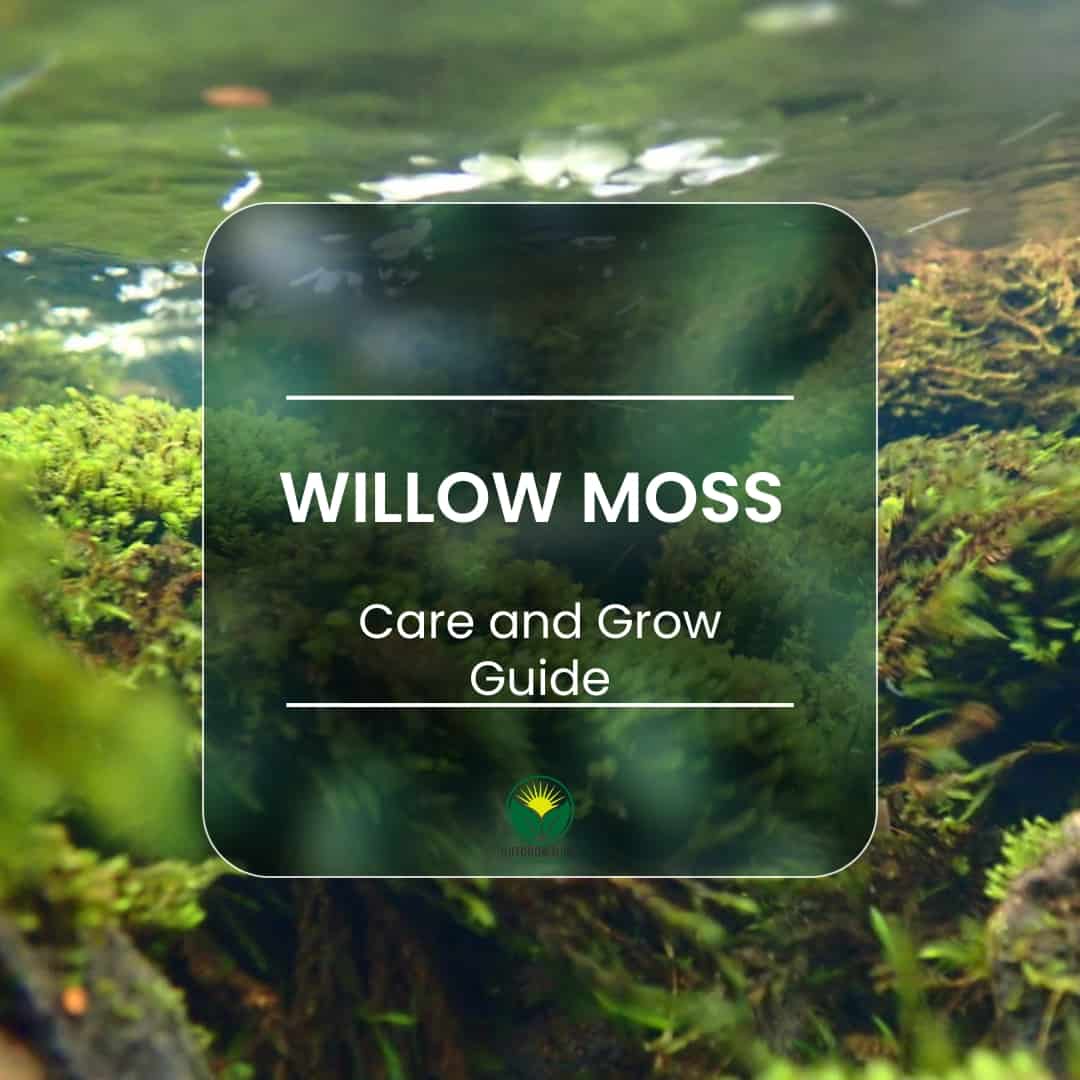
Willow Moss (Fontinalis Antipyretica). The aquatic moss par excellence. How to take care of it and make it grow in aquarium
Read more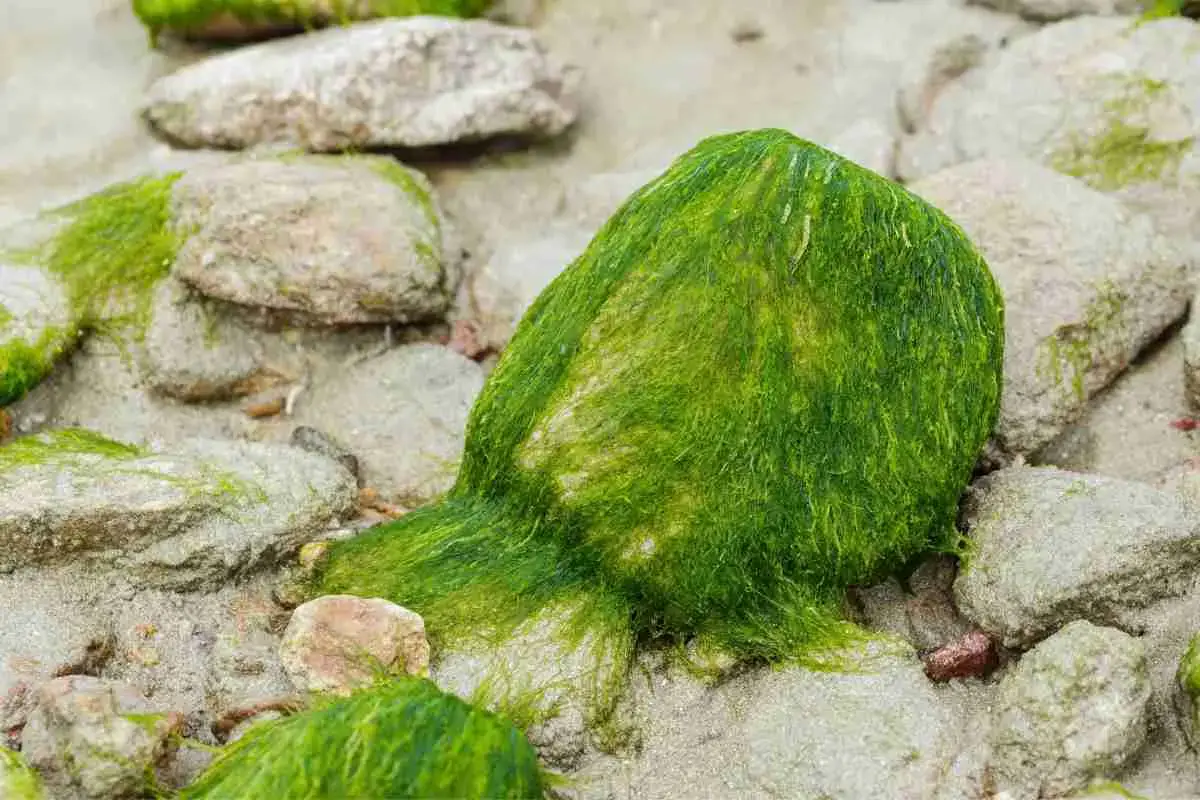
2 Methods For Growing Algae On Rocks!
Read more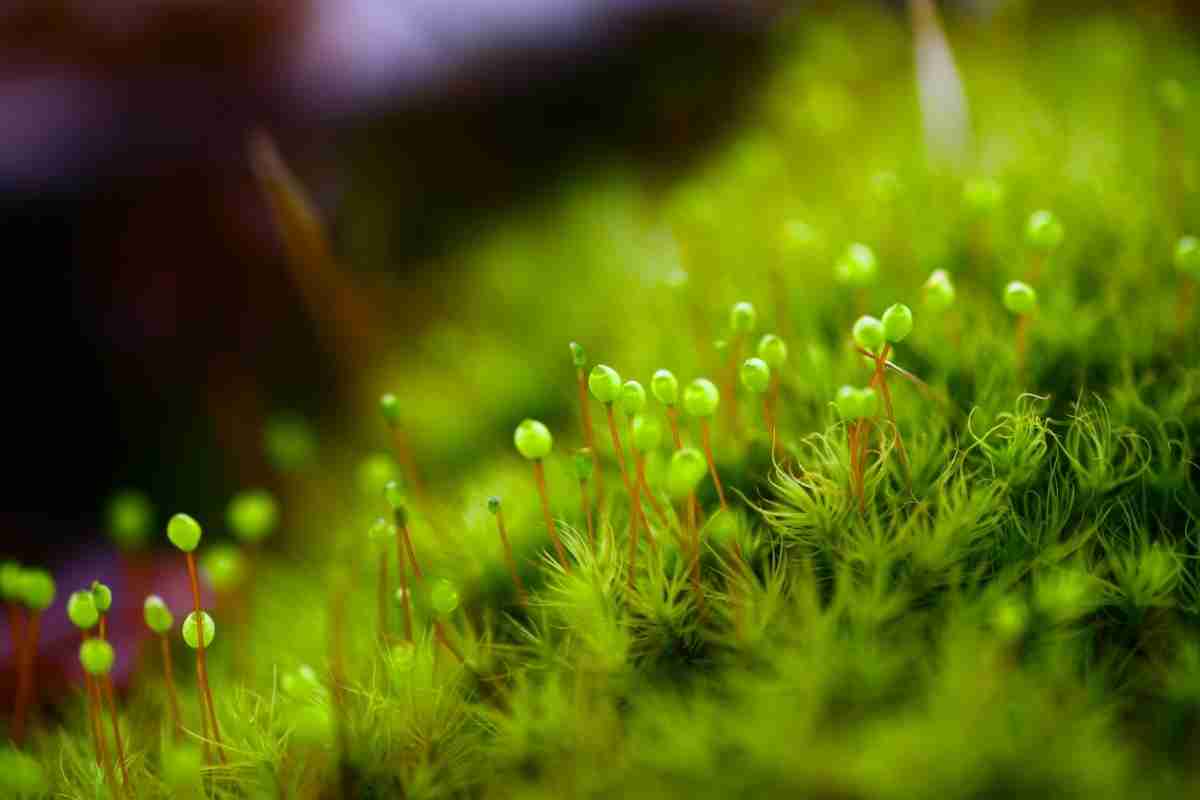
How Does Moss Reproduce? (Asexually And Sexually)
Read more
Buttermilk To Grow Moss: Weird, But Effective!
Read more
How To Preserve Moss? In 5 Steps!
Read more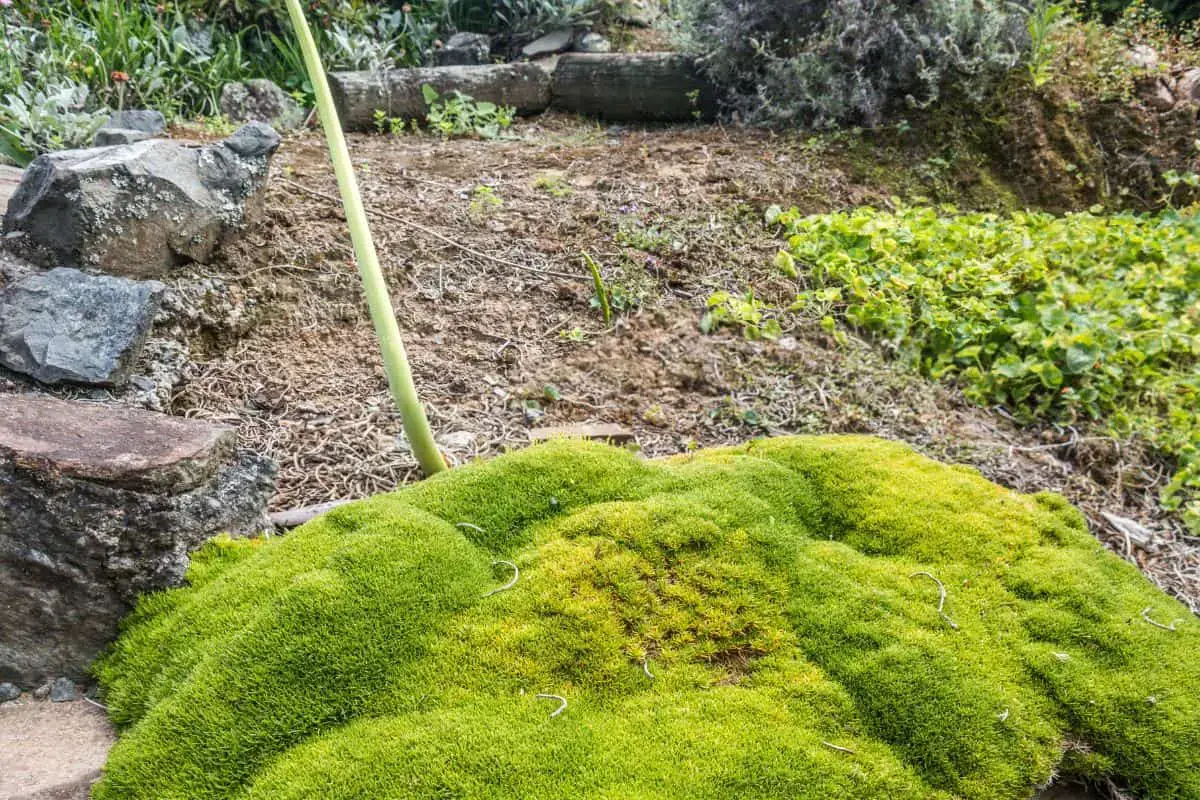
5 Steps To Make A Stunning Irish Moss Lawn
Read more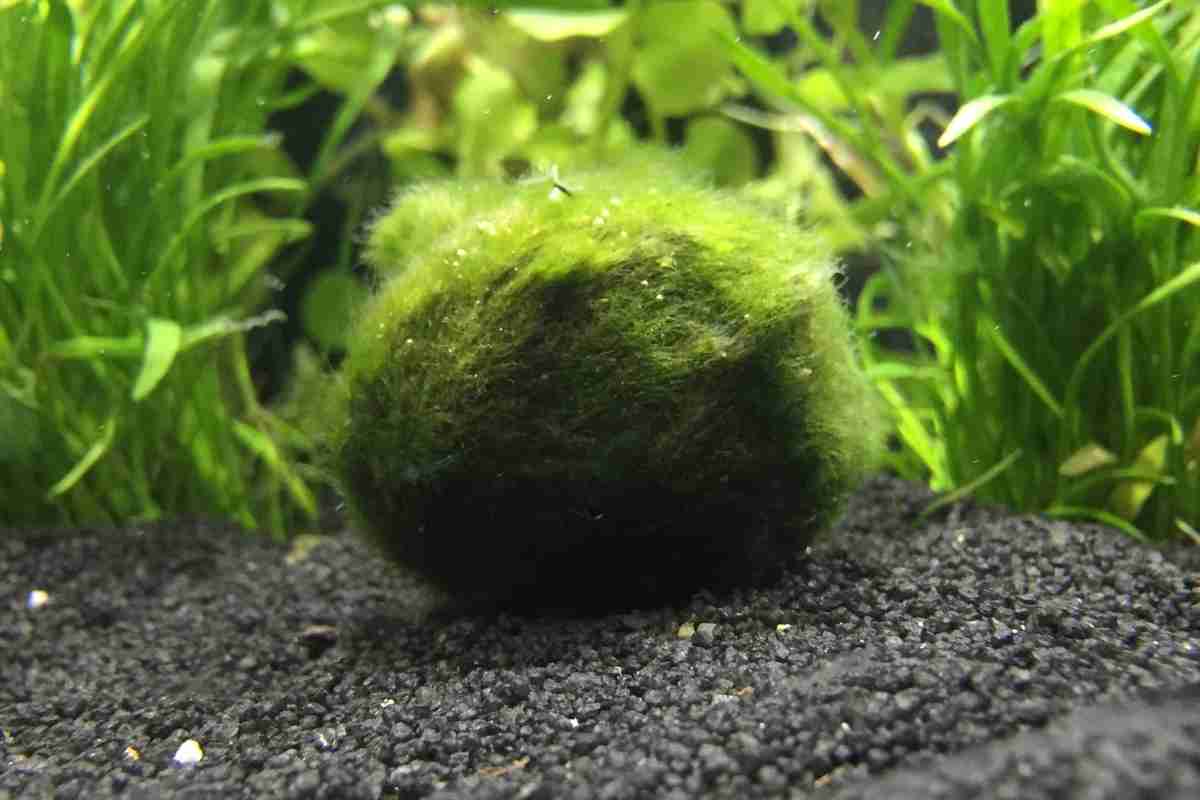
Marimo Moss Balls: Are They Safe?
Read more
7 Easy Tips To Make Moss Grow Faster!
Read more
What Is A Moss Pole? And Why Are They Used?
Read more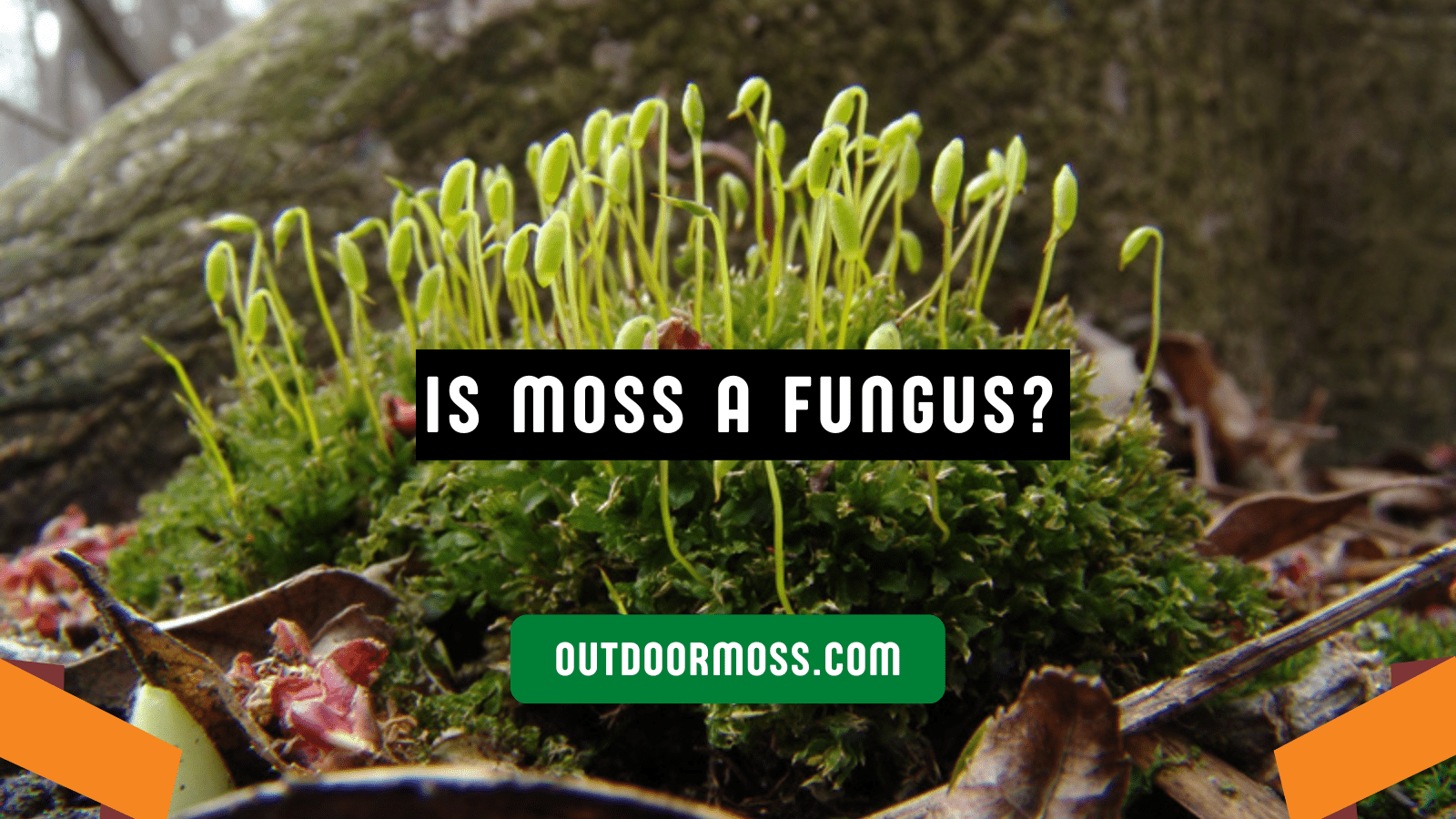
Moss vs. Fungus: Exploring the Differences and Why It Matters!
Read more